Bug Chronicles: Classic Glitches in Super Mario 64
- 2024-03-02 10:00
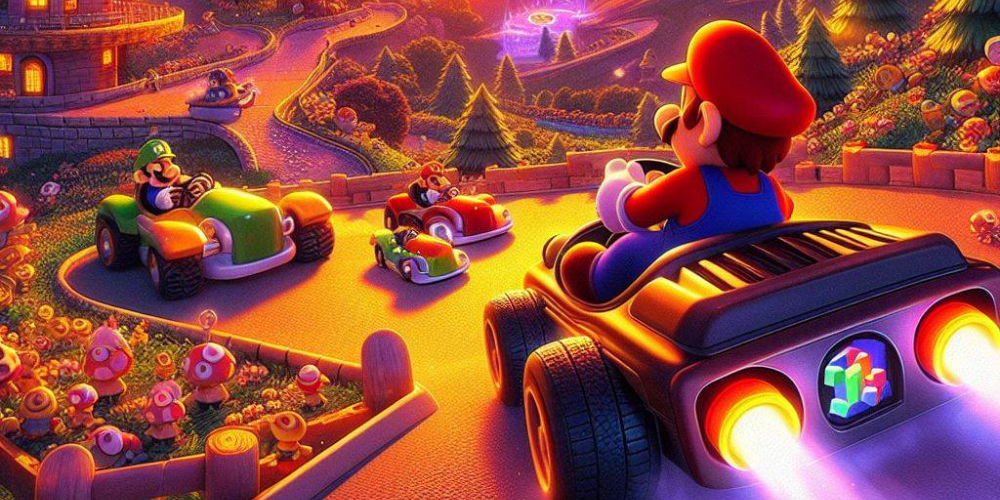
Super Mario 64 marked a turning point for both Nintendo and the entire video gaming industry by introducing players to a stunning 3D world. Launched in 1996 for the Nintendo 64, this revolutionary game not only laid the groundwork for three-dimensional platform gaming but also unintentionally turned into a haven for those seeking to find and take advantage of every glitch hidden in its vibrant worlds, attracting both glitch hunters and speedrunners.
These exploits, ranging from minor time-savers to game-breaking maneuvers, have fascinated players for decades, contributing to a vibrant culture of speedrunning. They not only demonstrate the game's technical limitations but also showcase the ingenuity and creativity of its player base. Here, we explore some of the most iconic glitches that Super Mario 64 has to offer.
The Backwards Long Jump (BLJ)
Perhaps the most infamous glitch in Super Mario 64, the Backwards Long Jump, or BLJ, allows Mario to move with unlimited speed in a backward direction. This is achieved by rapidly long jumping backward up a slope or tight space, breaking the game's speed cap and resulting in Mario zipping through solid objects and triggering unexpected level completions. The BLJ glitch has become a cornerstone technique in speedrunning, allowing players to bypass large portions of the game.
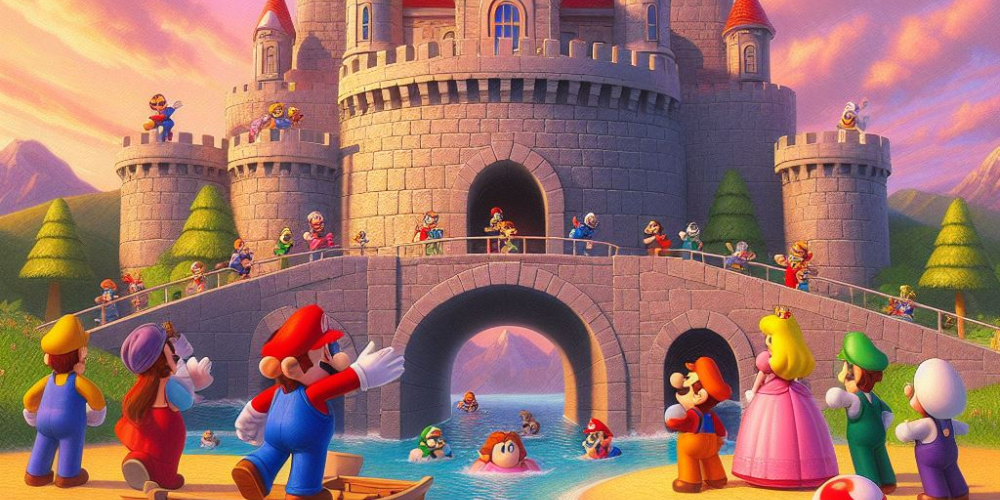
This glitch not only showcases the game's quirky physics engine but also has led to a deeper understanding of how velocity and collision detection work in Super Mario 64. It challenged the developers' expectations of how their game could be played and opened up a whole new world of possibilities for speedrunners.
Parallel Universes (PUs)
In the bizarre world of Super Mario 64, the concept of Parallel Universes (PUs) takes the cake for being one of the strangest discoveries. PUs refer to invisible copies of the game's levels that exist far beyond the intended boundaries of the map. These areas can be accessed through precise manipulation of Mario's position and speed, often requiring the use of glitches like the BLJ to achieve the necessary velocity.
Exploring these parallel universes has led to some of the most mind-bending speedruns and trick jumps ever conceived. The phenomenon has fascinated both players and programmers, shedding light on the game's handling of space and memory. It highlights how even the most well-designed games can hold secrets that take years to uncover.
Cannonless Setup
The "Cannonless" glitch involves acquiring the star in Whomp's Fortress without using the cannon, which normally requires talking to a pink Bob-omb to open. By executing a precise jump and wall kick, followed by a specific angle and position adjustment, Mario can grab the star through the wall. This glitch is notable for its reliance on accuracy and timing rather than exploiting the game's physics or speed mechanics.
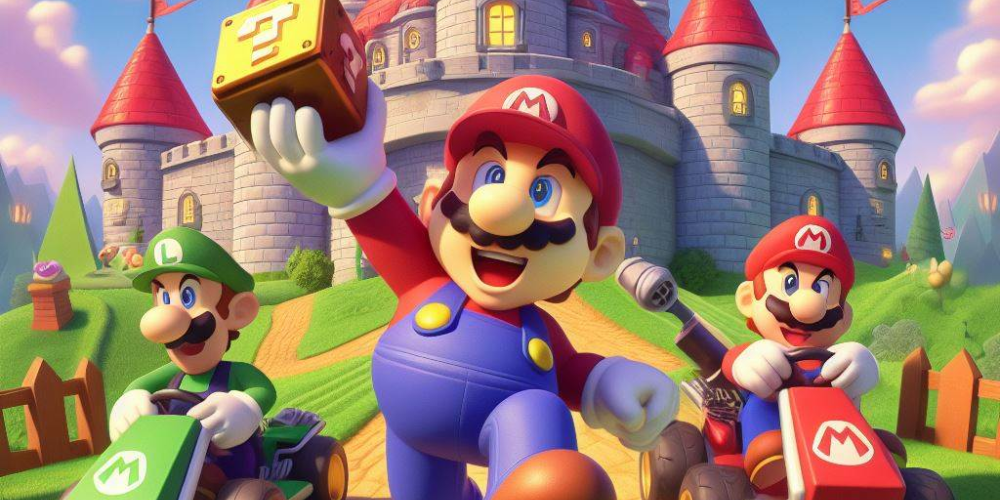
Its discovery was a watershed moment for Super Mario 64 speedrunning, illustrating the depth of strategy and precision involved in optimizing game performance. The Cannonless setup has been refined over the years, with speedrunners devising consistent methods to pull off this once-thought-impossible feat, further highlighting the evolving nature of speedrunning strategies and techniques.
First Frame Wall Kicks (FFWKs)
First Frame Wall Kicks, or FFWKs, represent a technically demanding yet highly rewarding glitch. They occur when Mario kicks off a wall on the first frame possible after jumping towards it, giving him a higher and faster bounce than normal. This glitch not only allows for skipping certain parts of levels but also enables access to areas much earlier than intended.
Mastering FFWKs has become a testament to a speedrunner's skill and timing, with its application revolutionizing the approach to various stages. It's a prime example of how high-level play goes beyond exploiting bugs to include exploiting the intricacies of the game's mechanics.
Wet-Dry World's Negative Water Level
Wet-Dry World is known for its unique mechanic of changing water levels, but a glitch allows players to set the water level lower than the developers ever intended, essentially to "negative" values. This is achieved through a specific sequence of actions, including exiting and re-entering the level under certain conditions. The negative water level glitch enables Mario to swim through parts of the level that are normally solid ground, providing shortcuts and facilitating the collection of stars in record time.
This glitch not only highlights Super Mario 64's dynamic level design but also underscores the unpredictable ways that game environments can be manipulated. Such discoveries continue to enthuse the speedrunning and glitch-hunting communities, fueling ongoing interest in this decades-old game.
Infinite Staircase Skip
Designed as a late-game challenge, the infinite staircase in Super Mario 64 only ends when Mario has collected enough stars. However, the BLJ glitch provides a way to bypass this requirement entirely. By building up backward speed on the staircase, Mario can clip through the door at the top, allowing players to face Bowser and complete the game with a fraction of the intended star count.
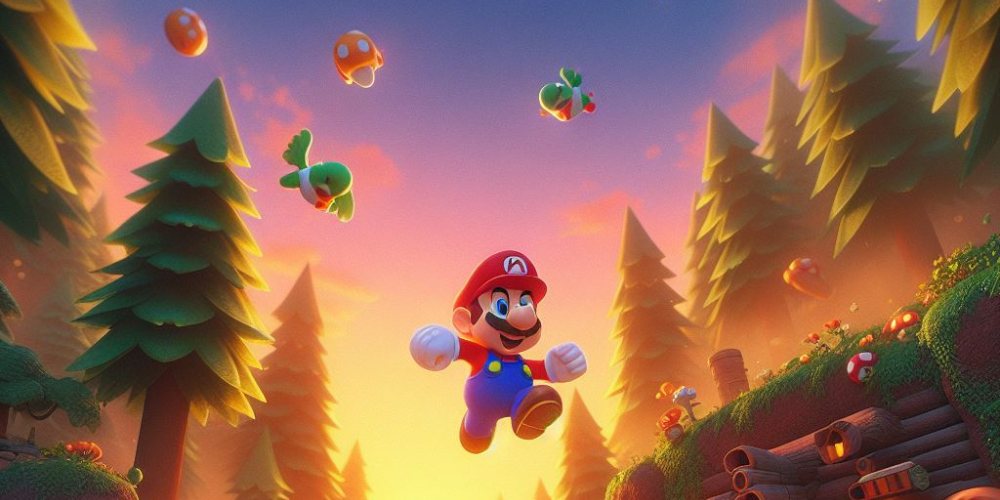
The infinite staircase skip exemplifies how glitches can dramatically alter the way games are played, turning linear challenges into opportunities for creativity. It's a testament to the resilience of the speedrunning community in finding the most efficient paths through games.
Door Skip in Bowser in the Dark World
A subtler glitch, but no less impressive, is the door skip in the first Bowser level, Bowser in the Dark World. By performing a precise sequence of jumps and movements, players can skip the need to open a key door, saving precious seconds in speed runs. This glitch doesn't just cut down on time; it showcases the precision and skill at which speedrunners operate, finding and exploiting the tiniest of inconsistencies in level design.
Such minor glitches, while not as flashy as the BLJ or PUs, are critical in the competitive world of speedrunning, where every second counts. It highlights the importance of meticulous study and practice in mastering Super Mario 64.
The Mysterious "Green Demon" Challenge
While not a glitch in the traditional sense, the "Green Demon" challenge has become a popular endeavor within the Super Mario 64 community. This self-imposed challenge involves triggering a 1-Up mushroom that relentlessly follows Mario, then attempting to collect all eight red coins in a level before the mushroom catches up. What started as a quirky way to entertain viewers on streaming platforms has become a highly competitive and unique way to engage with the game.
The Green Demon challenge underscores the community's ability to create new content and experiences within the framework of existing glitches and mechanics. It exemplifies the enduring appeal of Super Mario 64 and the endless creativity of its players.
Cloning Objects
Another fascinating glitch involves cloning objects, including hats, enemies, and even power-ups. This is achieved through intricate manipulations of the game's memory, often requiring the use of specific glitches to overload certain areas and duplicate objects. Cloning not only has practical applications, such as creating multiple hats to increase Mario's invulnerability window, but also serves as a tool for exploration and experimentation within the game's engine.
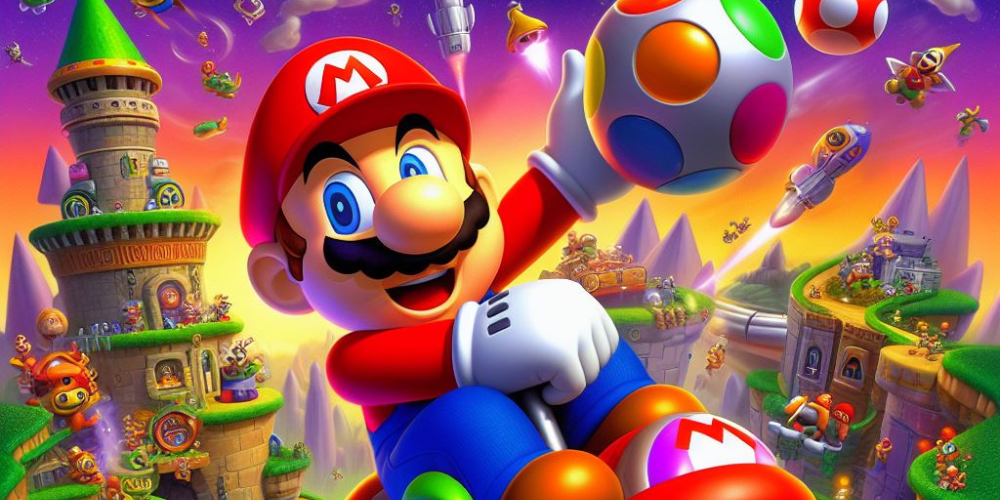
The cloning glitch offers a peek into the complexities of Super Mario 64's programming, presenting a unique way for players to interact with and modify the game world. It's a vivid demonstration of the depth hidden beneath the surface of this seemingly straightforward platformer.
Unlimited Coins Glitch
The pursuit of coins in Super Mario 64 can be transformed into an infinite endeavor through a glitch that generates an unlimited number of coins from certain enemies. By manipulating enemy positions and Mario's attacks in specific ways, players can continuously collect coins beyond the game's intended limit, shattering high score records and providing an endless source of 1-Up mushrooms.
This glitch not only challenges the boundaries of level design and game mechanics but also provides players with a novel way to interact with the game world, pushing the limits of what is possible within the framework of Super Mario 64.





